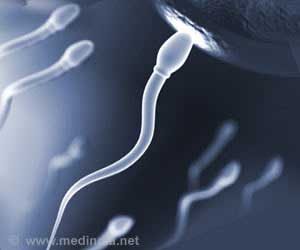After more than half a century of debate and bedroom exploration, a row about the location of the fabled G spot may be settled at last, the British weekly New Scientist says.
After more than half a century of debate and bedroom exploration, a row about the location of the fabled G spot may be settled at last, the British weekly New Scientist says.
The G spot, named after a German gynaecologist called Ernst Graefenberg who first mooted its existence in 1950, is said to be a highly sensitive area in the vagina that, when stimulated, gives a woman a powerful orgasm.But where the G spot is located has been clouded by evidence that is subjective or downright contradictory, and some experts have even concluded that it does not exist.
The answer, according to Italian researcher Emmanuele Jannini, is that, yes, the G spot does exist, but only among those women who are lucky enough to possess it, New Scientist reports.
Jannini, of the University of L'Aquila, used ultrasound to scan a key vaginal area among nine women who claimed to experience vaginal orgasms and 11 who said they didn't.
The target was an area of tissue on the front vaginal wall located behind the urethra. Tissue was notably thicker in this space among the first group of women compared with the second, the scans revealed.
Jannini, who reports the research in full in the Journal of Sexual Medicine, says the evidence is clear: 'Women without any visible evidence of a G spot cannot have a vaginal orgasm.'
Advertisement
Some experts question whether what Jannini calls the G spot is a distinct structure or the internal part of the clitoris, whose size is highly variable.
Advertisement
Women who do not have a G spot should not despair, according to the New Scientist report.
'They can still have a normal orgasm through stimulation of the clitoris,' said Jannini.
Source-AFP
SRM/L






